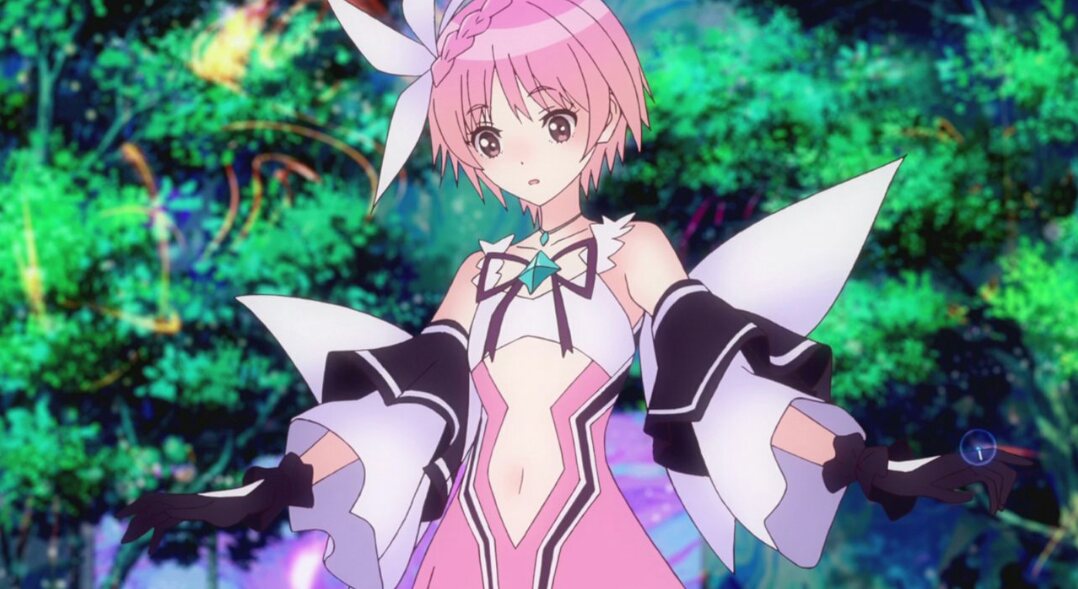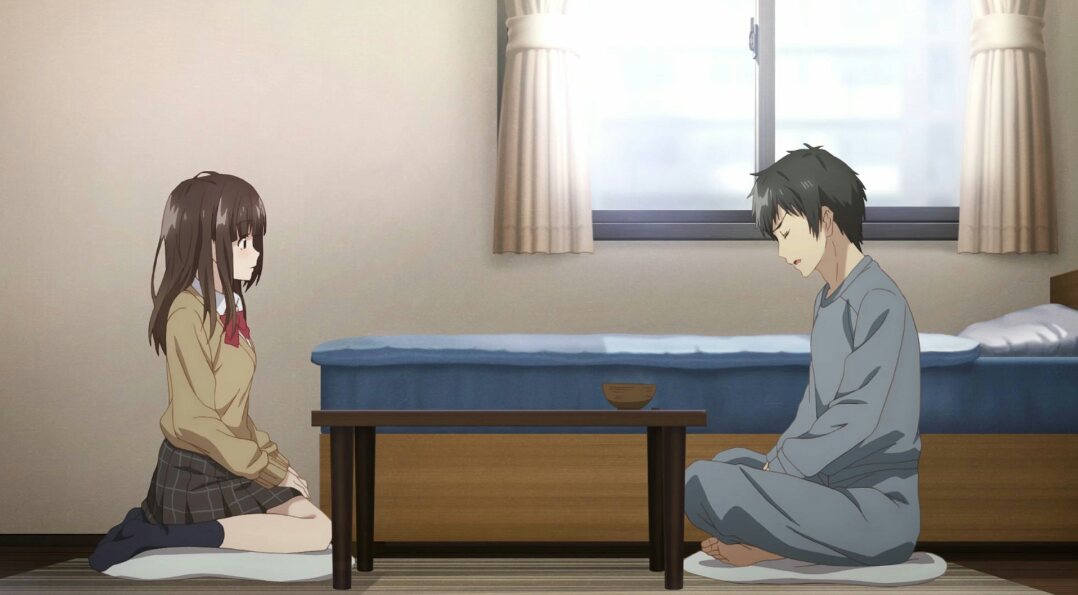SEASONAL PRATTLE
Yes, he’s 26, and yes she’s 17 – all preconceived notions of age gap will instantly be in play for viewers, but the premiere of Hige wo Soru. Soshite Joshikousei wo Hirou is fairly solid in terms of build and delivery regardless of where those assumptions fall. Episode one handles its material with more delicacy than similarly aligned works: It plays its premise in a fashion that slants towards a wholesome nature than anything else, putting a good effort into painting Yoshida as a more concerned father-like figure and needed positive force while being sneakily steady in portraying the general air of malaise that surrounds his now taken in runaway, Sayu. It’s an effective approach, one that accomplishes the necessities of an introduction and even does a bit of extra credit by getting some of the more awkward floorboards in place to build its characters from. It has yet to be seen if this show goes in an overtly romantic direction or not, but right now, this is a nice start.
Vivy: Fluorite Eye’s Song (3)
“Showing a level of comfort and visual acuity for its plot beats that levitates them into something more immediately resonant”
Vivy: Fluorite Eye’s Song whips up another positive performance boiling down to a fitting cliffhanger which naturally sells the tickets for the next episode. A good chunk of attributes propping up this third showing are just so crisp: The choice of time skip was wise – painlessly implemented and narratively purposeful, the conscious painting of details surrounding Sunrise, and of course, Estella’s closing breakdown are just a few on the list that deserves appreciation. Three’s overall production speaks for itself, showing a level of comfort and visual acuity for its plot beats that levitates them into something more immediately resonant – often synching well with the pieces of the script it’s meant to portray. If Vivy: Fluorite Eye’s Song keeps this up and builds off of it, being an anime of the season candidate is not out of the question.
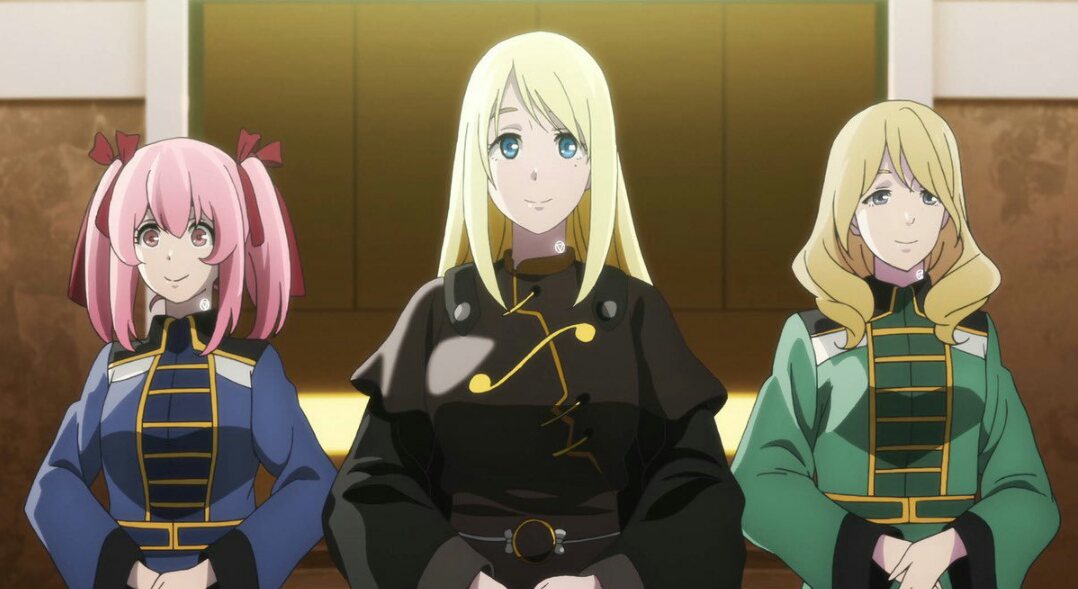
Super Cub (1)
“Offering a mixture of wonderful music, soothing artwork, and an emphasis on timing and space”
Given Studio Kai’s limited amount of work and Toshirou Fujii’s very short resume as a director – Super Cub’s premiere is surprisingly good. Episode one doesn’t check all the boxes to feel immediately confident it will be a high-end slice of life, it could surely do more with certain intangible facets and its overall characterization of Koguma, but the show is pretty effective so far at maintaining its own specific atmosphere – offering a mixture of wonderful music, soothing artwork, and an emphasis on timing and space that makes it daily ongoings feel lived in. Narratively, it really doesn’t show much juice even for a slice of life, however, it’s present enough to at least act as a statement of purpose and be complementary to the tones Super Cub wants to install. A pleasing addition to its genre with the potential to be more.
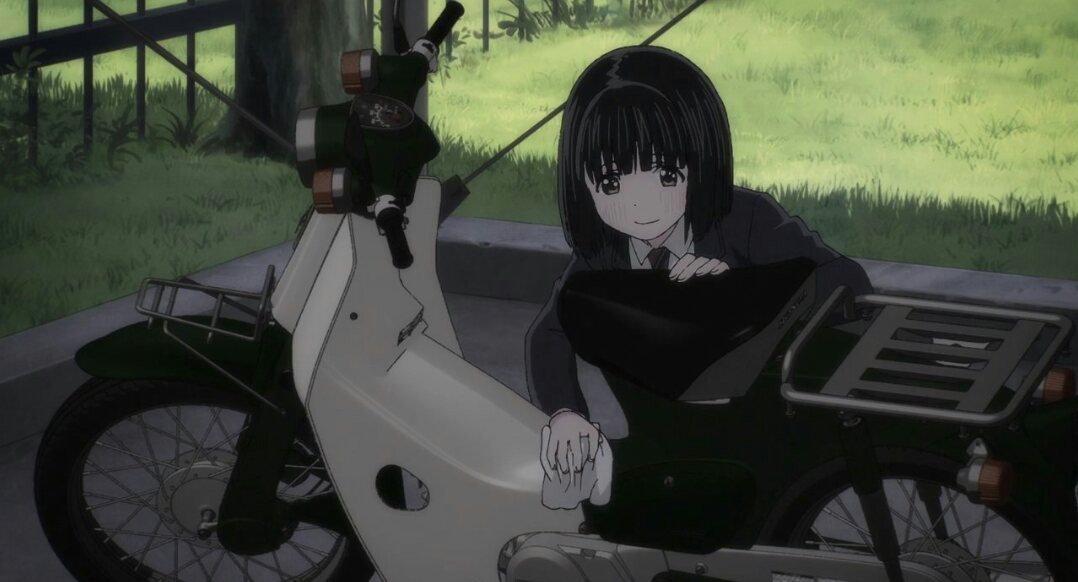
86 (1)
“A solid product – not just as a vehicle for military action but as a piece that reaches for higher thematics and can be multiple in its theatrics.”
In a season that’s fairly generous to action fans, 86 stands towards the top of the Spring class with a nicely executed premiere. Episode one’s mix of quiet worldbuilding, incidental detailing, relationship cues, and overall beauty extends plenty of confidence to 86 being a solid product – not just as a vehicle for military action but as a piece that reaches for higher thematics and can be multiple in its theatrics. We’ll see if it actually lives up to that in due time, but as it stands, it easily slots in as a worthwhile watch.
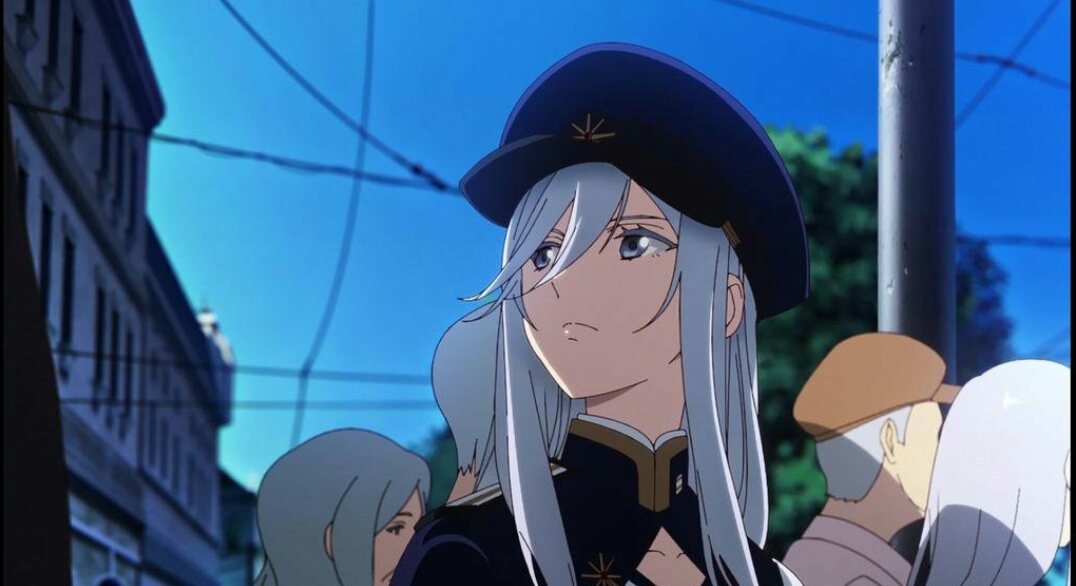
Shadows House (1)
“Surprisingly gentle when Kate has to bounce off of Emilyko in a typical emotional exchange”
Shadows House has more than enough going for it in base craft and style to sell its opening material with little friction – having just a brisk enough pace to deter any hard lulls in the story thus far, but also remaining sufficiently mysterious to keep viewers around. Kate and Emilyko harmonize well here: Episode one is pretty decisive in laying out their dynamic, and despite having to work with the inherent limitations shadows bring when it comes to character acting – it’s surprisingly gentle when Kate has to bounce off of Emilyko in a typical emotional exchange. Narratively, it’s going to be interesting to see how Shadows House ultimately works its concept – but the low-key introduction we got here is satisfying for now. Good start.
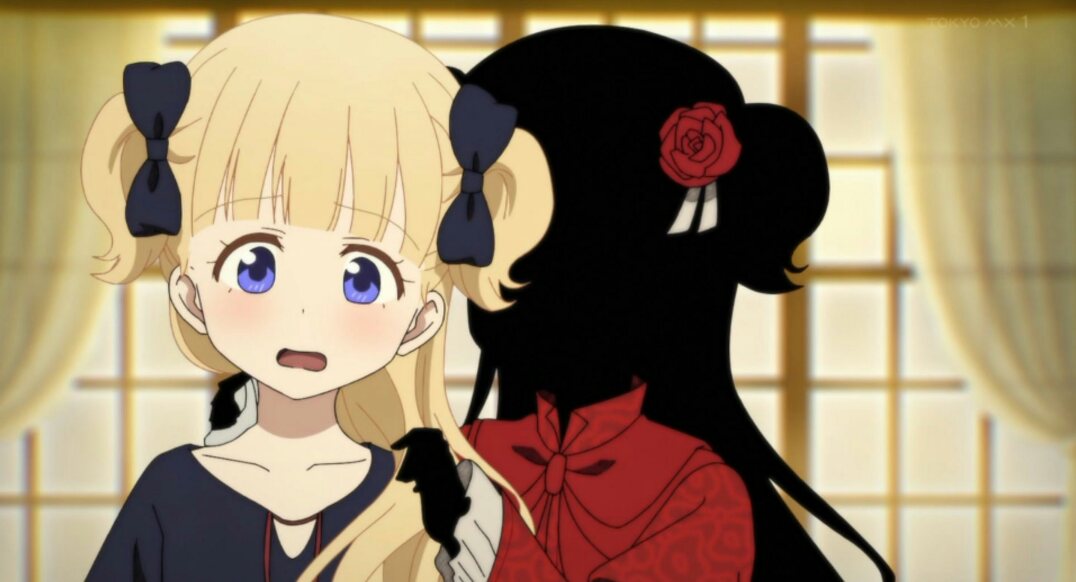
Tokyo Revengers (1)
“Framed with enough of a hook to be justly interested in”
Offering a fair floor of character drama and stable execution, Tokyo Revengers commences with actually two episodes if you factor in episode zero. Most of its broader assets are healthy so far – the direction and sound design are in good enough shape to not worry about, and while it doesn’t particularly excel visually, it’s not hurting anyone either. Narrowing down, the thematic/character building of Takemichi is decent and conceptually, while this sort of time travel angle isn’t even close to fresh, is still framed with enough of a hook to be justly interested in. Where the show is flirting with a bit of trouble appears to be with the actual logic resulting from the time travel – which usually trips works like this up if the writer isn’t careful. Hopefully, Tokyo Revengers will do a good job of tightening up there as it would be a shame if it fell into such a common pitfall in fiction.
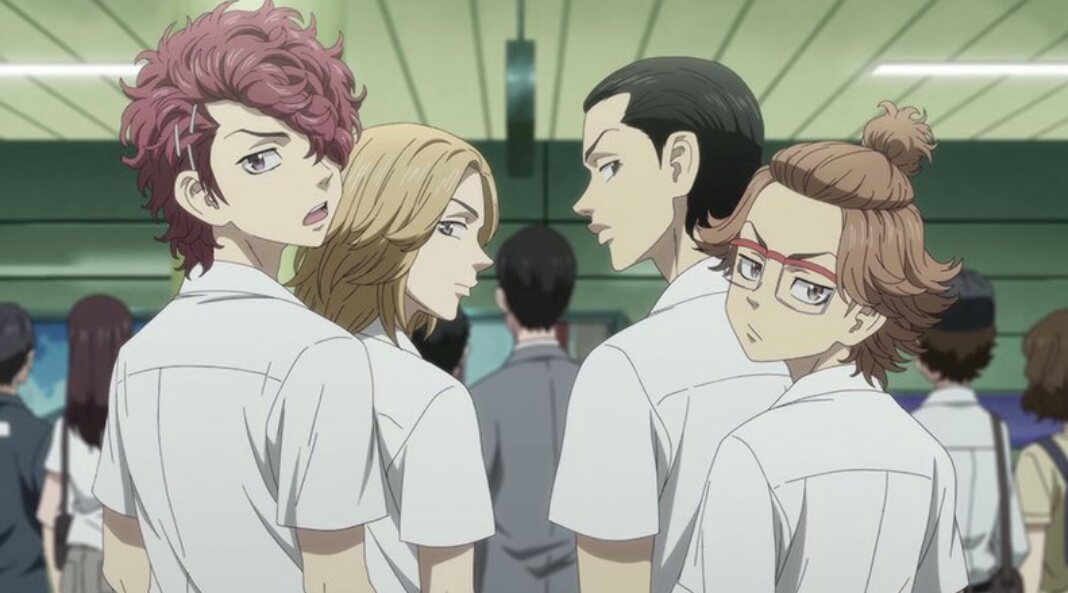
Odd Taxi (1)
“Doing enough in its second half to make its mystery reasonably appealing and carrying some deceptively insightful commentary”
There’s likely only going to be a tiny piece of the community that gives Odd Taxi a full watch, and that’s rather understandable and a shame. The first episode isn’t rooted in an aesthetic or mode of storytelling that’s catchy for a large share of casual to moderate anime viewers – especially showing up as unattractive as it rides heavy on dialogue and passive behavioral cues to tie its narrative together. Be that as it may, episode one does hold a fair amount of intrigue and is surprisingly satisfying at its conclusion – doing enough in its second half to make its mystery reasonably appealing and carrying some deceptively insightful commentary in Odokawa’s exchanges along the way. Odd Taxi is off to a quietly better start than its cover and current level of attention would suggest.

Bishounen Tanteidan (1)
“Routinely elevated by a dexterous blend of eccentric composition and sharp stylistic embellishments”
Aikyuki Shinbou and Shaft’s general ethos can do a lot for an anime like this and Bishounen Tanteidan’s premiere is basically a walking showcase of that effort. The content here is routinely elevated by a dexterous blend of eccentric composition and sharp stylistic embellishments that treads the line of glamorous just enough to match the beauty the actual detective club presents at face value – making for arguably Spring’s best thematic and aesthetic craft marriage seen so far. Story-wise the show isn’t even shabby; Mayumi’s issue isn’t the most nuanced concern but the club’s artistic handling of it gives it a lot more energy and ultimately makes it an enjoyable time. This one may not reel in a ton of new fans to its genre, but this is a good entry out of the box.
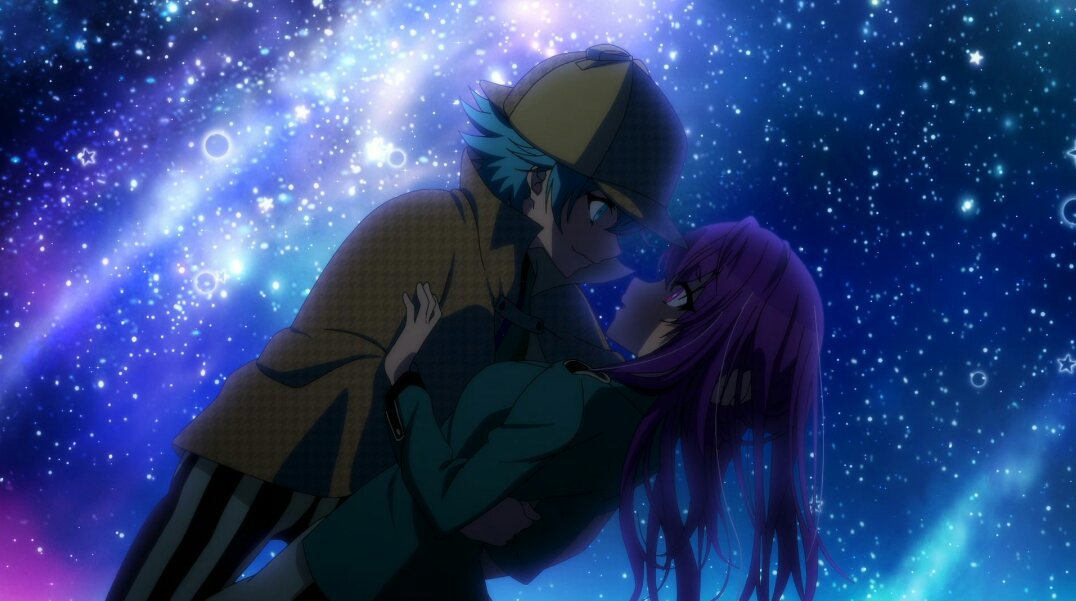
Mashiro no Oto (2)
“Particularly appreciable is Umeko’s performance”
Mashiro no Oto serves a second episode that feels a good deal better than the first one – mainly because it cut back on the cliches and was overall more dialed into the story it wants to communicate. Being particularly appreciable is Umeko’s performance in this episode: Her VA does a nice job with her singing, and her choices concerning Setsu cleanly demonstrated how much she cares about him and how firm she will stand on her desires. The general backbone of this episode’s content is pretty reserved, mainly just getting Setsu back in school and hinting at a few new faces that will likely be more involved down the road, but its modest ways are anchored by a pleasing brotherly performance to relieve some of that friction. Mashiro no Oto has yet to provide any narrative strokes that are actually commendable, but it’s doing a solid enough job with its material to be respectable.
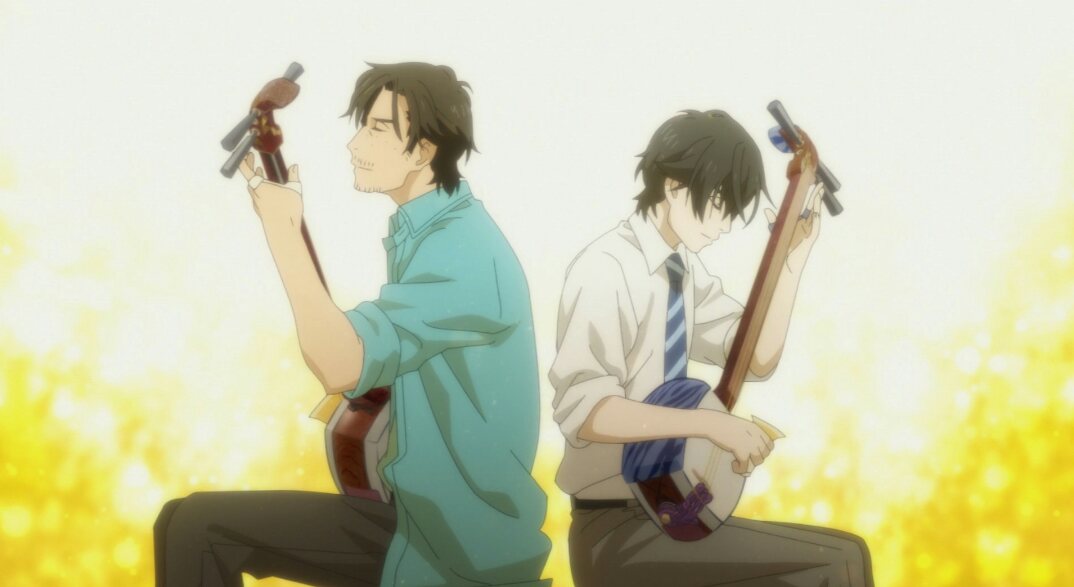
Ijiranaide, Nagatoro-san (1)
“More competent than its close peer”
Ijiranaide, Nagatoro-san begins, quickly providing the same narrative structure that works like an Uzaki-chan wa Asobitai! offer all while matching the same sentimental void. Despite that, Nagatoro-san comes across as more competent than its close peer namely because Telecom Animation Film’s talent offers a more physically expressive and robust average of character acting for Nagatoro than ENGI’s staff did for Uzaki. It also helps that Uesaka’s voicing is just flat-out good here: Every smug snicker, playful inquiry, and barbed insult to Senpai is integral to making Nagatoro’s character succeed and sequentially, this show in relation to its tonal goals. Uesaka has no problem accomplishing that as she leads episode one through a fine start.

Koikimo (2)
“Ryou’s mix of affection and care offers enough harmony to Ichika’s evasive emotions and current social life where it manages to be fine in landing its material”
Take two for Koikimo and it’s a reasonable one, contributing another serving of Ryou’s shenanigans but this time sprinkled in with the gradual coming around of Ichika. Ichika and Ryou still aren’t all that interesting as characters, but this second episode’s cultural festival backdrop provides some shared screen time for them that feels fun. Ryou’s mix of affection and care offers enough harmony to Ichika’s evasive emotions and current social life where it manages to be fine in landing its material, not feeling totally unearned when Ichika reflects on her feelings at the end and being good enough to help alleviate the feeling of it all being a chore to get through. It would be nice if these two were more multifaceted people, but any improvement over episode one I’ll take. Okay showing all in all.

Slime Taoshite 300-nen, Shiranai Uchi ni Level Max ni Nattemashita (1)
“Manages to elicit an adequate amount of charm”
Even if its content is relatively linear, Slime Taoshite 300-nen, Shiranai Uchi ni Level Max ni Nattemashita first episode is fundamentally sound enough to dependably steer twenty minutes of introductory isekai storytelling into a fair position. This start really didn’t have much snap or pop in out of its jokes and its scripting quite noticeably rips off the ideation of similar works from around 2016, but Azusa manages to elicit an adequate amount of charm out of the scenarios she’s in and she isn’t awful when carrying the finer demands of the show either. Okay turnout.

Jouran: The Princess of Snow and Blood (1)
“Somewhat pitiful in both script and design when it comes to highly action-oriented scenes”
Second time around for Jouran: The Princess of Snow and Blood and it’s a bit of an improvement, primarily because it decided to provide some exposition and utilize other conventional attributes of storytelling that would have been nice to have a week ago. Be that as it may, nothing told in Sawa’s or even Asahi’s past is all that gripping in terms of modern anime backstories, and a larger issue of Jouran just being somewhat pitiful in both script and design when it comes to highly action-oriented scenes is swiftly emerging. I’m not sure how many bad guys with guns are going to stand and shoot with absolutely no cover, all while making certain they’re in close enough proximity to get cut by Sawa’s sword or whipped by Elena without much movement, but it’s getting silly quick.
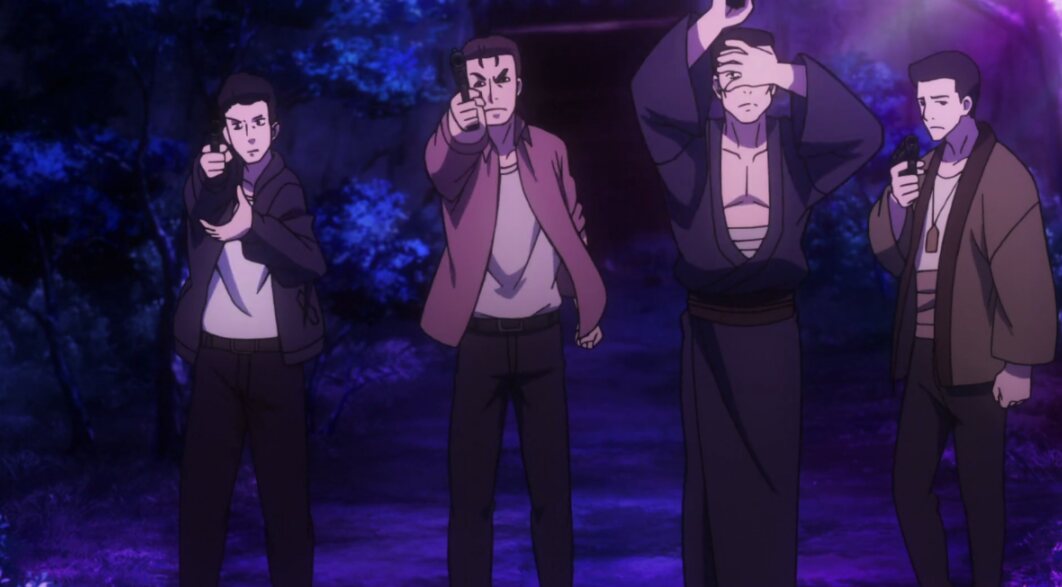
Bakuten!! (1)
“Heavily formulaic storytelling that makes it hard for the series to create separation from weaker to average Sports anime”
Bakuten!! arrives with more of a ripple than a splash, simply not having a sharp enough toolkit to truly please or warrant much applause. Episode one has a sense of energy, comedic timing, and heavily formulaic storytelling that makes it hard for the series to create separation from weaker to average Sports anime, but the cast appears to be reasonably likable and outside of some sequences here and there – it’s visually healthy enough to land its CG gymnastics without coming off as a total joke. Okay showing when it’s all said and done with Bakuten’s adherence to its genre’s most basic template suggesting a relatively low textual ceiling moving forward.
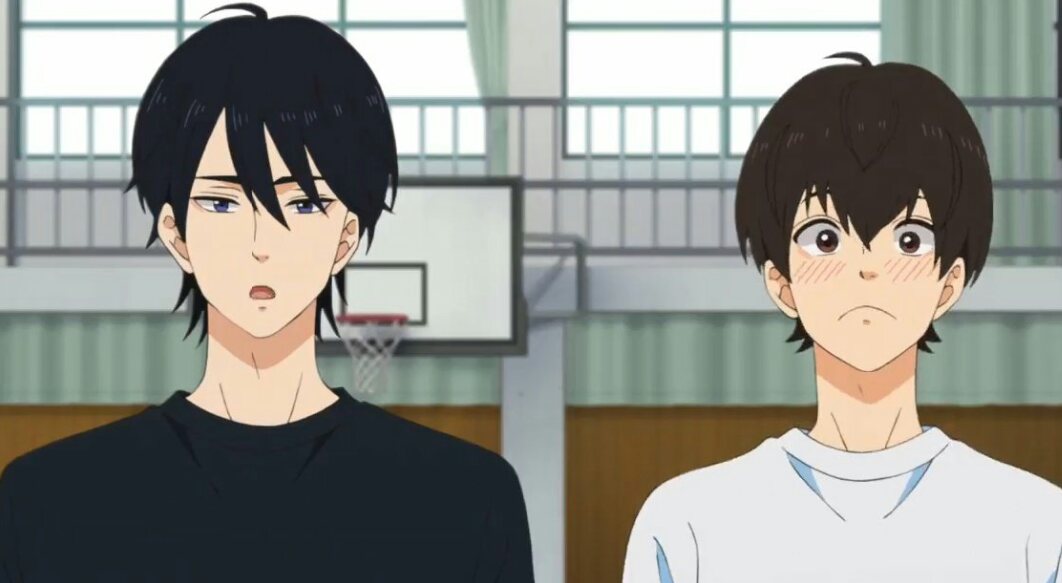
Subarashiki Kono Sekai The Animation (1)
“Visually distinctive in a snapshot but borderline poverty in motion”
And adding another action series to Spring’s collection is Subarashiki Kono Sekai The Animation’s debut, which didn’t really lend itself as being all that accessible given how compressed its telling ended up. Altogether, the show is visually distinctive in a snapshot but borderline poverty in motion – with lots of stumpy movements and jerky angles that turn its stylistic efforts into a promptly recognizable weakness. And while this early chunk of the story is positioned in a provocative enough way to be moderately intriguing on the surface, there’s just not enough behind Shiki, Neku, their circumstances, and its delivery to be totally confident that it will be a worthwhile show moving forward.

Sentouin, Hakenshimasu! (2)
“A seemingly inescapable KonoSuba knock-off, just with about a quarter of the charm, charisma, and humor”
Sentouin, Hakenshimasu! is up to bat for the second time and the result is anything but a home run. The glaring issue here has quickly become this show’s satisfaction with being a seemingly inescapable KonoSuba knock-off, just with about a quarter of the charm, charisma, and humor – and one doesn’t have to look further than Grimm and Rose’s characterization that clearly graverobs from some of KonoSuba’s biggest stars to see that. Couple that with deeply mediocre execution along with an identically underwhelming plot, and you have a totally unremarkable episode joining a previous one that wasn’t even really good to begin with.
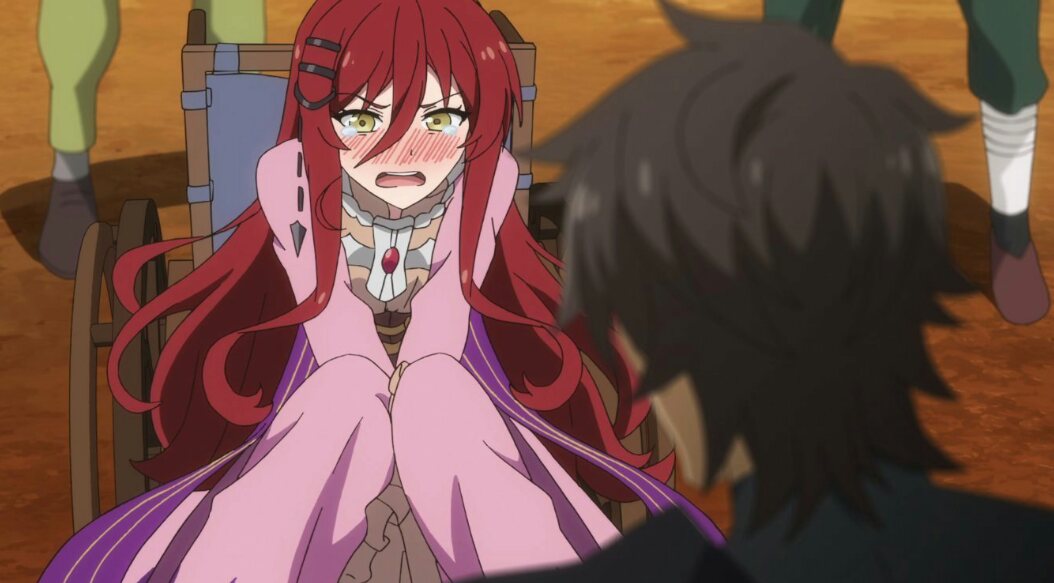
Fairy Ranmaru: Anata no Kokoro Otasuke Shimasu (1)
“Written in such a way that its material almost feels like an adaptation that unfortunately got rushed or a series that could have used an episode zero”
Fairy Ranmaru: Anata no Kokoro Otasuke Shimasu launches its first episode, offering a few interesting concepts and aesthetic textures – but ultimately coming up as undercooked when it tries to execute them. The script so far is written in such a way that its material almost feels like an adaptation that unfortunately got rushed or a series that could have used an episode zero – often introducing tenants in its story only to leave them rather quickly and never really giving the room or having the articulation to make its love based thematics compelling. Even the show’s underlying premise and transitively, Bar F’s mission, ends up as more of a loose assertion that falls too heavily on the eccentric side once Ranmaru gets going to actually be palpable. It really doesn’t appear that this show has the chops to gracefully pull off what its pining for, but perhaps another episode will help.
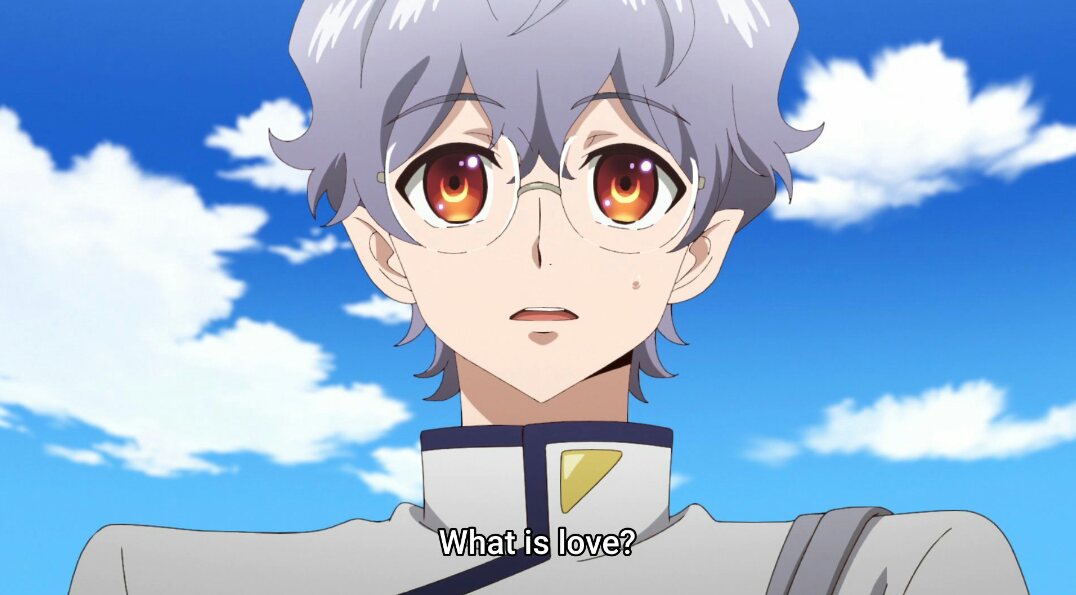
Seijo no Maryoku wa Bannou Desu (1)
“Puts together a condensed skeleton of what an isekai needs to work with no further bells or whistles to its package”
Seijo no Maryoku wa Bannou Desu debuts, bringing all the ingenuity of your average isekai and combining that with a rather unremarkable approach to storytelling. Both its direction and its understanding of fantasy spaces are starkly limited here; Episode one puts together a condensed skeleton of what an isekai needs to work with no further bells or whistles to its package – seemingly speedrunning their own saint ritual touchpoint and Sei’s role as a researcher, and then offering some very light drama in its final minutes and calling it a day. If one’s quality standards are set around sub-par writing, this is a must-watch premiere.
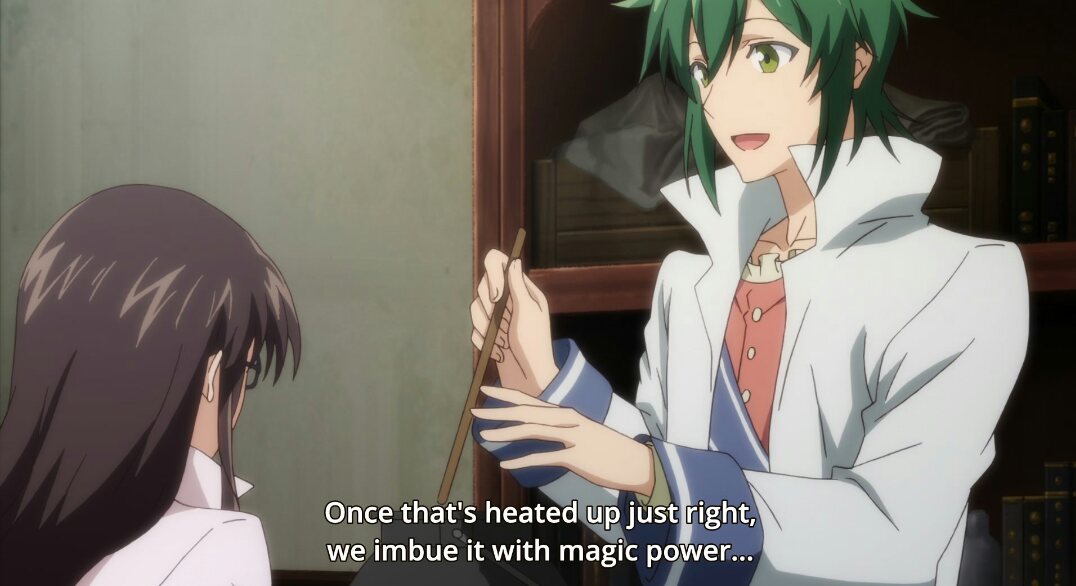
SSSS.Dynazenon (2)
“Outright laughably bad writing that surrounds Minami’s entire role”
SSSS.Dynazenon is back with its second performance, which even in relation to its prior episode – is surprisingly awful as it’s a baffling mix of wobbly events and fractured directing with little glue in between. It’s as if the show is actively trying to shortcut having to flesh out any relevant beats of its plot or characters: There’s literally zero sensible reasons provided for why Yomogi and crew agree to train as pilots with Gauma, and their ridiculously quick and easy acceptance of the offer is almost equally thinly written and convenient as the sequences that would follow; Not only having Gauma somehow knowing where Yomogi lives and getting into his house – but the training everyone signed up for is ultimately portrayed in a way that’s not even meaningful to the audience, essentially detailed-less to what the new pilots are even working on.
Worse, however, is just the outright laughably bad writing that surrounds Minami’s entire role this week – where the writers just about brushed her whole dating/promise bit under the rug and who on more than one occasion flatly states her big sister died when she was in elementary school completely unprovoked and out of thin air, and to basically no follow up on the topic whatsoever.
By the time the episode reveals its quintessential bad guys behind the Kaiju attacks, it’s hard to tell if SSSS.Dynazenon’s script is fundamentally this bad or if its disjointed, overly compulsive style of directing is dragging down what could have been an otherwise reasonably told story. Either way, this episode is an easy clunker.
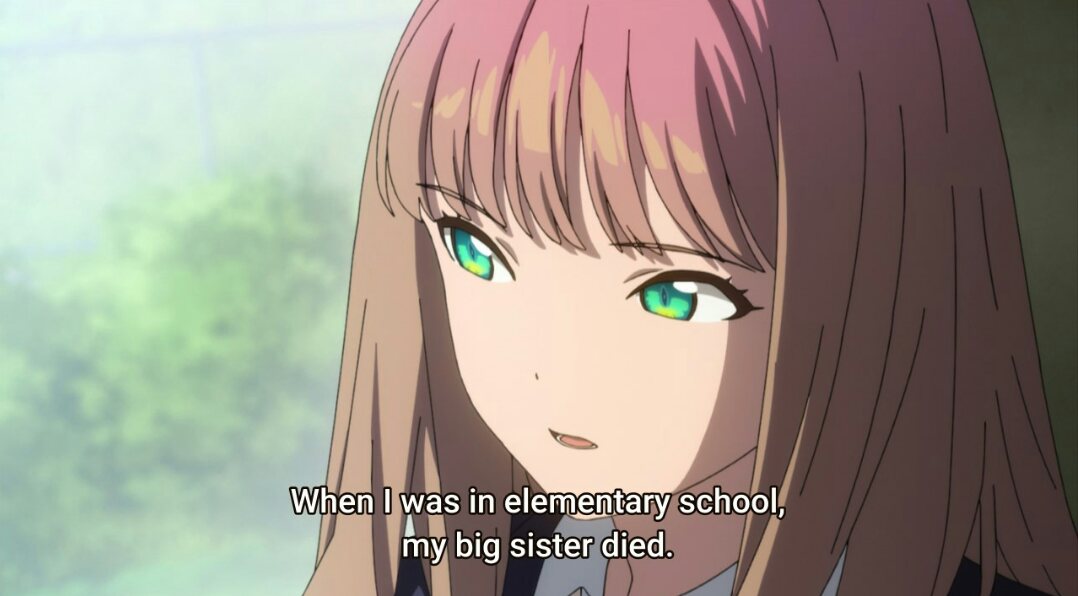
Blue Reflection Ray (1)
“A twenty-four-minute crash course on how to struggle when conveying your premise and your characters’ ability to be investable”
With a higher amount of effort and more polish around the edges, J.C. Staff could have pulled off at least a decent start for Blue Reflection Ray, but that’s purely not the case here. This premiere is essentially a twenty-four-minute crash course on how to struggle when conveying your premise and your characters’ ability to be investable – headlined by this opening script’s strong expertise in telling practically nothing substantial about the Reflectors, all while characterizing Ruka and Hiori in a thoroughly unimaginative way to the extent they might as well be non-descript, generic magical girl leads. Piling on, the rudimentary art design and notably mute animation further hurts Blue Reflection Ray’s appeal, becoming a total package when combined with the episode’s sparse audio craft. There are twenty-three episodes left for J.C. Staff to turn this ship around, and at this rate, this series will need every single one of them to do so.
